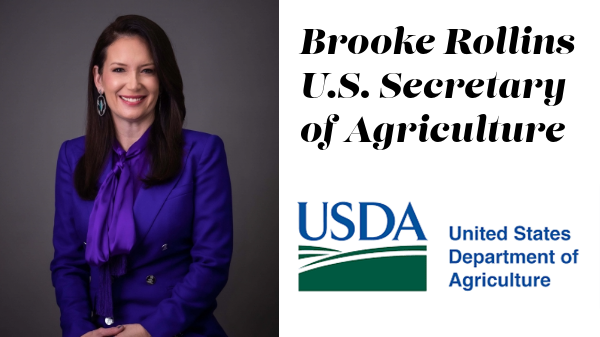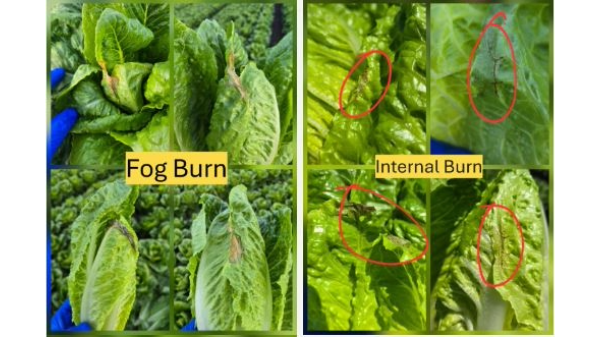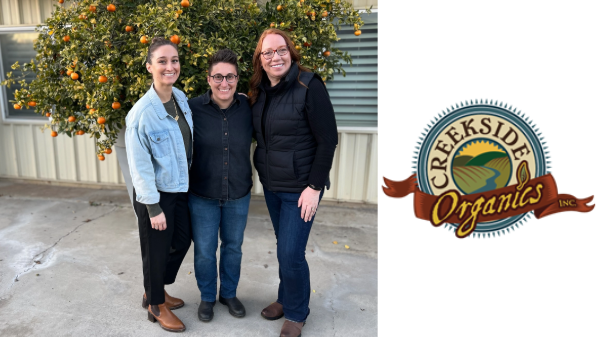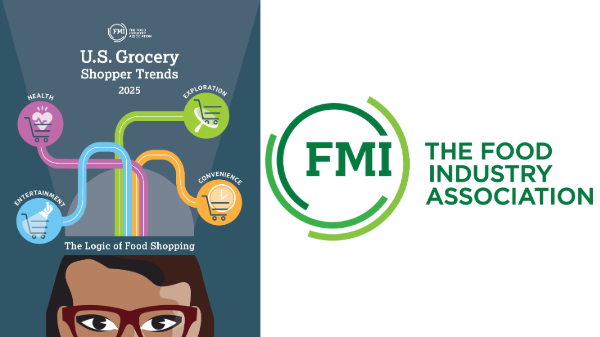Welcome to Blue Book!
Are you ready to join the thousands of companies who rely on Blue Book to drive smarter decisions? View our plans and get started today!
Still have questions? We’d love to show you what Blue Book can do for you. Drop us a line– we’ve been waiting for you.

Chenail Import-Export has also made changes, including upgrades to its storage and cooling facility. According to vice president Tony Bono, the company’s warehouse was expanded by nearly a third, for a total of approximately 135,000 square feet between the two buildings, one of which is dedicated to international sales. The warehouse is CanadaGAP certified, and includes “an icing facility, so we can ice all products on-site,” he says, along with new state-of-the-art ventilation and refrigeration systems, with remote ‘distance control’ for the latter—“so wherever we are, we can control the whole system.”
Rising Trends
Discount stores in and around Montreal have shown increasing success with their large consumer base and burgeoning market share. Although Target continues to falter, Walmart is growing along with Provigo, Super C, and Maxi, all of which sell discount brands. “The economy is not good right now, so consumers are thinking about prices,” relates Sophie Perreault, president and CEO of the Quebec Produce Marketing Association (QPMA).
As far as organic produce, although there is still growth, it is also very slow. Perreault explains that the awareness is certainly there, but few shoppers are willing to pay higher prices. Consumers want organic products, but affordability is more of a factor in the market these days, only a few years out of the recession.
Locally Sourced
The QPGA spends $500,000 annually on their campaign through EatQuebec.com, promoting locally grown produce. “We have all kinds of strategies to buy local, and we know it is working because the local market grows bigger year after year,” says Plante.
In fact, the “Food from Quebec” logo is one of the most recognized by consumers, with a recognition rate of over 80 percent. Additionally, 40 to 60 percent of companies that put the logo on their packaging have realized increased sales. “There really is a measured impact and it’s impressive,” says Perreault.
Support for locally grown commodities is also shown in the growth of Food Day Canada, celebrated each year in August. The event celebrates Canada’s growers by stipulating that all ingredients used in meals served during the daylong festivities must be Canadian. It also encourages residents to talk to their retailers about carrying more local options, and, according to Perreault, large food chain stores are receiving pressure to increase shelf space for local products.
Ethnic Varieties
Many of the items once deemed ‘ethnic’ are now being seen as traditional, explains Canadawide’s Pitsikoulis, as the “ever-increasing demand for ethnic products has existed for years in our market.” This is seconded by Perreault, who says kale has become so popular it can be found everywhere, and the leafy green vegetable is no longer referred to as ‘ethnic’ in Montreal and Quebec’s multicultural environs.








